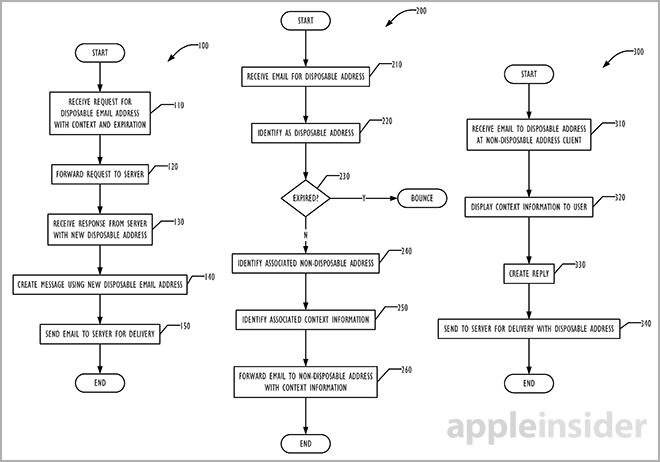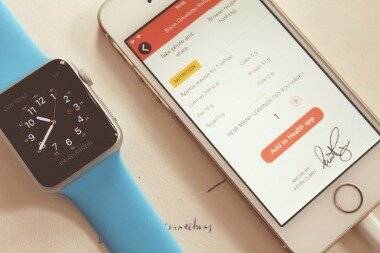Content

And looking at your balance sheet accounts can help you get a grasp of which assets your business owns that could easily be liquidated if you ever need to quickly collect cash for your business. Within the five general types of categories of accounts, assets, liabilities, and equity comprise the balance sheet, or statement of financial position. The other two, revenue and expenses, together amount to the income statement, or statement of financial activity. Below are examples of what types of transactions fit in each account. The balance sheet includes assets, liabilities, and equity accounts. On the other hand, the income statement includes revenue and expense accounts.
Involves setting up a chart of accounts for retail business, establishing a system for financial reporting receipts, and correctly matching and billing the appropriate account. Also, it compares sales invoices and bank statements to avoid any errors. A chart of accounts is significant because it is intended to segregate expenditures, revenue, assets, and liabilities, giving a company a clear idea and picture of its financial health. It also aids in meeting the demands of management reporting while adhering to all financial reporting rules. When you get right down to it, there are really only two major types of transactions for your business – income and expenses.
Massage Products Business Plan
Every Sample Chart Of Accounts For A Small Company is structured this way, though you can add additional accounts or sub-accounts to better track transactions specific to your business type. When set up properly, your chart of accounts can provide you with detailed information about your business. And it helps to ensure that the information you do retrieve, such as financial statements, give an accurate representation of your business.

Double-entry accounting is when you debit one account and credit another. Some charts of accounts use four digits instead of three, but the first digit remains the same. Financial transaction fees are often higher for checking accounts.
PROPERTY PLANT & EQUIPMENT
Account numbers are often five or more digits in length, with each digit representing a division of the company, the department, the type of account, etc. The following is a partial listing of a sample chart of accounts. While Excel and Google Sheets are great for beginning businesses, you’ll most likely want a dedicated financial software platform for all of your accounting needs. Even private companies will have shareholder equity accounts like this if they offer stock options to employees. Because it’s an index, it should make it easy to look up numbers and track money coming in and out of the company.
- Chart of accounts not only helps track sales but also accounts payables.
- For bigger companies, the accounts may be divided into several sub-accounts.
- You should ask yourself, what do I want to track in my business and how do I want to organize this information?
- Revenue is the money your business brings in through sales or investments.
But when paychecks are accurate and delivered promptly, employees are more engaged and motivated. While the chart of accounts is certainly more basic than other financial statements, it does offer some pretty important benefits. The balance sheet allows you to pore over a detailed analysis of your company’s assets and liabilities.
Fabric Shop – Business Plan
The accounts are identified with unique account numbers, and are usually grouped according to their financial statement classification. Take note, however, that the chart of accounts vary from company to company. The contents depend upon the needs and preferences of the company using it.

Simply put, without an informative chart of accounts that’s customized to your particular needs, your decision-makers are leading your organization with blinders on. She would then make an adjusting entry to move all of the plaster expenses she already had recorded in the “Lab Supplies” expenses account into the new “Plaster” expenses account. Expense accounts are all of the money and resources you spend in the process of generating revenues, i.e. utilities, wages and rent. The rules for updating your chart of accounts are straightforward.
This code makes it easier to find specific transactions in your chart of accounts. You’d debit $800 from the appropriate Asset accounts and credit $800 to the appropriate Asset accounts . This way the chart of accounts stays balanced, with the sum of the two entries being zero every time. The general ledger is the greater record keeper for a company’s financial accounts, with a trial balance validated debit and credit account records. Some accounts must be included due to tax reporting requirements. For example, in the U.S. the IRS requires that travel, entertainment, advertising, and several other expenses be tracked in individual accounts.
There are two types of expenses—Cost of Goods Sold , or Direct Expense, and Overhead Expense, or Indirect Expense. Typically, COGS is directly related to the job whereas an Overhead expense is the expense of doing business that’s not related to the service at the time. A gap between account numbers allows for adding accounts in the future. The following is an example listing of a sample chart of accounts. As you will see, the first digit might signify if the account is an asset, liability, etc. If the first digit is a “4” or “5” it is an operating expense or COGS.
Rental Clothing Excel Financial Model
For example, you might number your business accounts 1001 – Cash account, 1010 – Business checking, 1015 – Business savings. Then when you need to add accounts, you can fill in the gaps between one business account number and another. These sample charts will give you an idea of the different accounts you’ll set up and the system for adding new account numbers.
- The following is an example listing of a sample chart of accounts.
- The chart of accounts should have a short, helpful description next to each account name and account type.
- Includes the cost of rent for building space, vehicles, equipment, and so forth.
- In any case, the chart of accounts is a useful tool for bookkeepers in recording business transactions.
- At a minimum, your chart of accounts should include an account number and name for each account.

Recent Comments